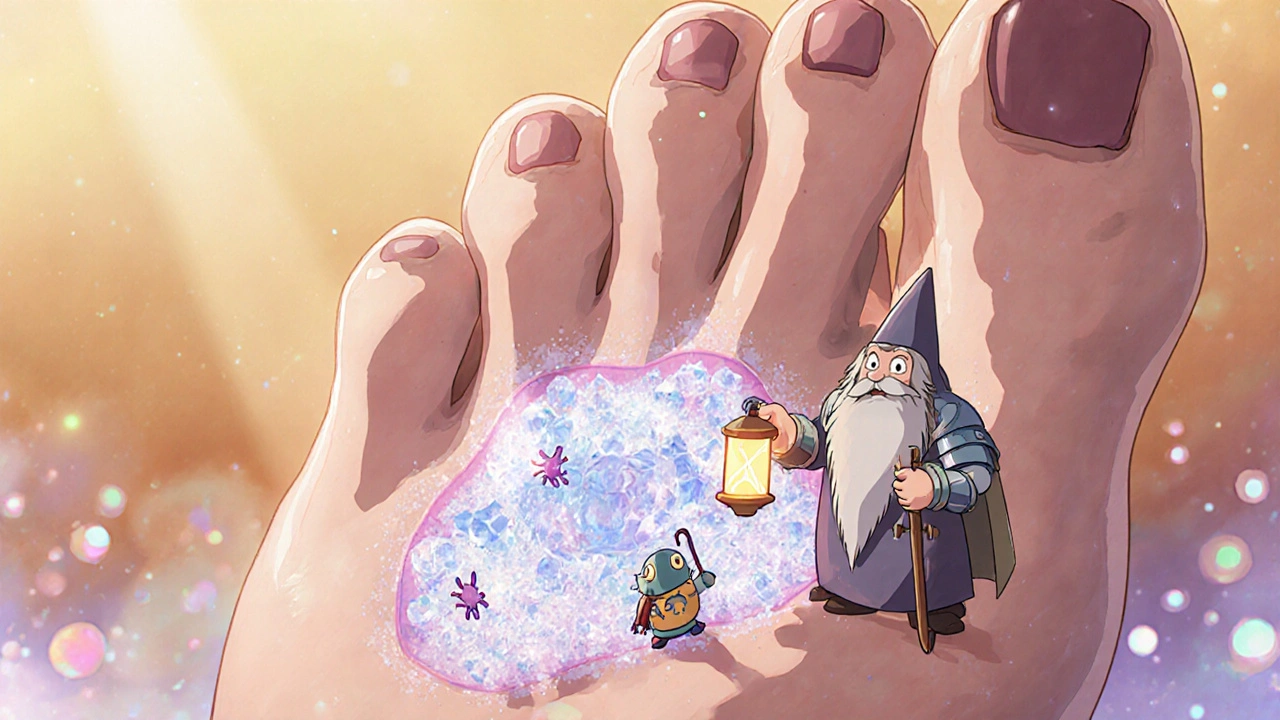Uric Acid: What It Is, Why It Matters, and How It Affects Your Health
When your body breaks down purines—found in certain foods and your own cells—it produces uric acid, a waste product that normally leaves the body through urine. Also known as serum urate, it’s harmless at normal levels. But when it builds up, it can form sharp crystals in your joints or kidneys, leading to pain, swelling, and long-term damage.
This buildup, called hyperuricemia, a condition where uric acid levels in the blood are too high, doesn’t always cause symptoms. But when it does, it often shows up as sudden, intense joint pain—the hallmark of gout, a painful form of arthritis triggered by uric acid crystals. Gout flares usually hit the big toe first, but they can also affect ankles, knees, and fingers. The same crystals can clump in your kidneys, forming kidney stones, hard deposits that cause severe pain and urinary problems. And while diet plays a big role, genetics, weight, and certain medications can push your levels up too.
High uric acid doesn’t just come from eating too much steak or drinking beer. Even if you avoid shellfish and red meat, your body might still overproduce it—or your kidneys might not flush it out fast enough. Some diabetes drugs, diuretics, and even rapid weight loss can spike levels. That’s why managing uric acid isn’t just about cutting out food—it’s about understanding your whole health picture. People with metabolic syndrome, high blood pressure, or kidney disease are more likely to struggle with it. And while gout gets all the attention, high uric acid is also linked to heart disease and type 2 diabetes, even before symptoms show.
What you’ll find in the posts below are real, practical insights from people who’ve dealt with this. You’ll see how medications like allopurinol work, what foods actually trigger flares (and which ones don’t), how hydration helps more than you think, and why some people get kidney stones while others don’t—even with the same blood levels. There’s no one-size-fits-all fix, but the right info can help you take control before the pain starts.
Gout and the Immune System: Essential Guide to Managing Inflammation
Learn how urate crystals trigger the immune response in gout, the key inflammatory players, diet tips, and the best medications to prevent and treat flares.
